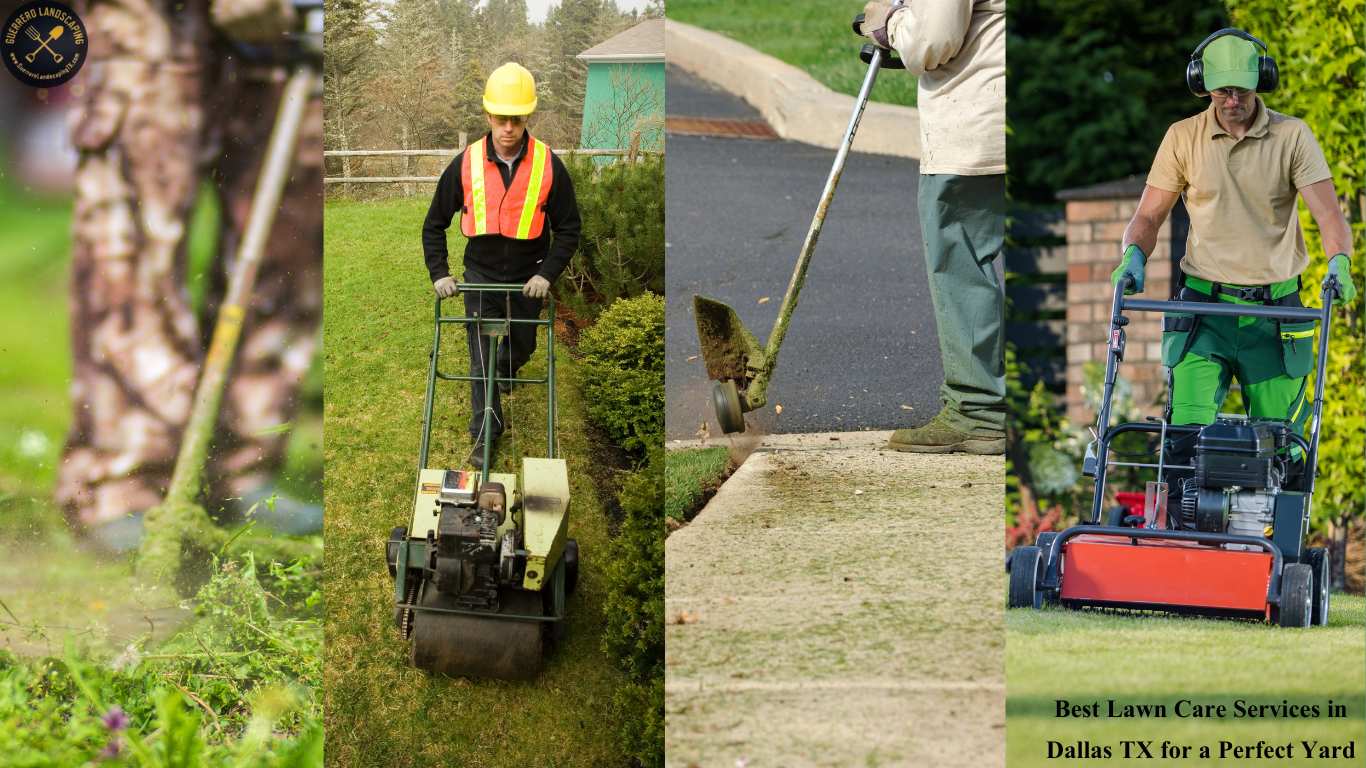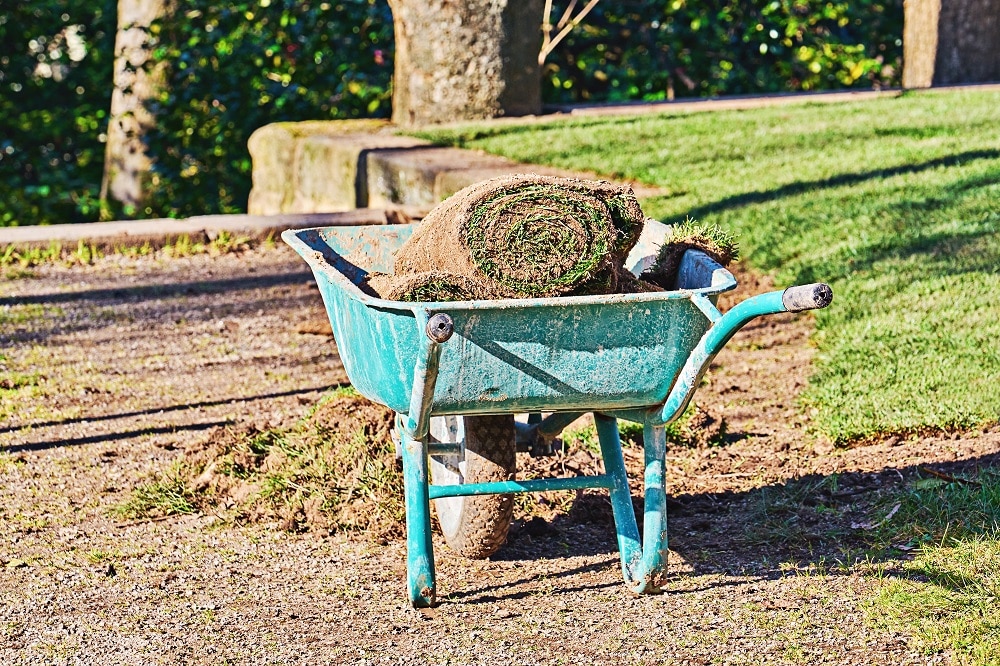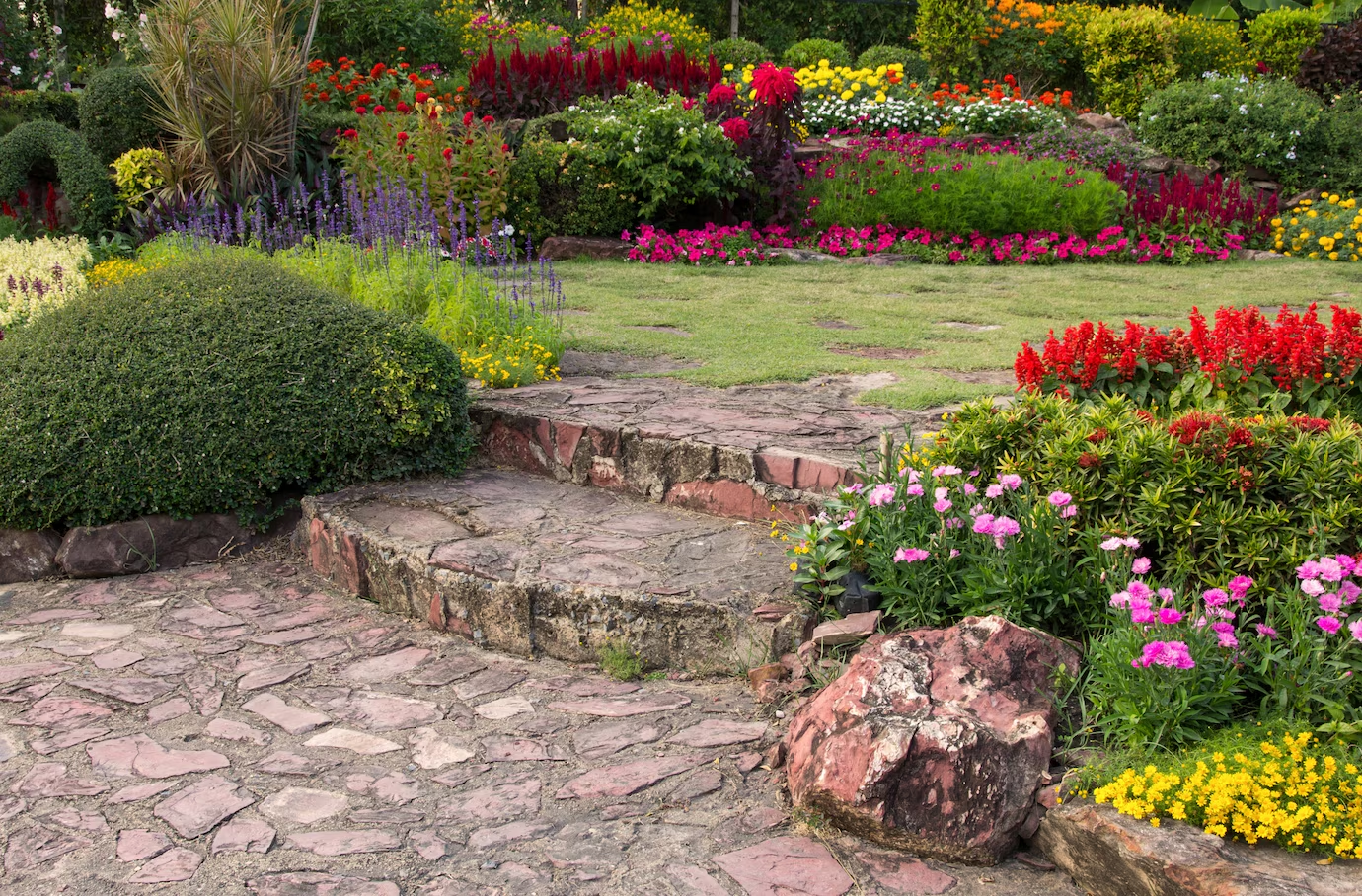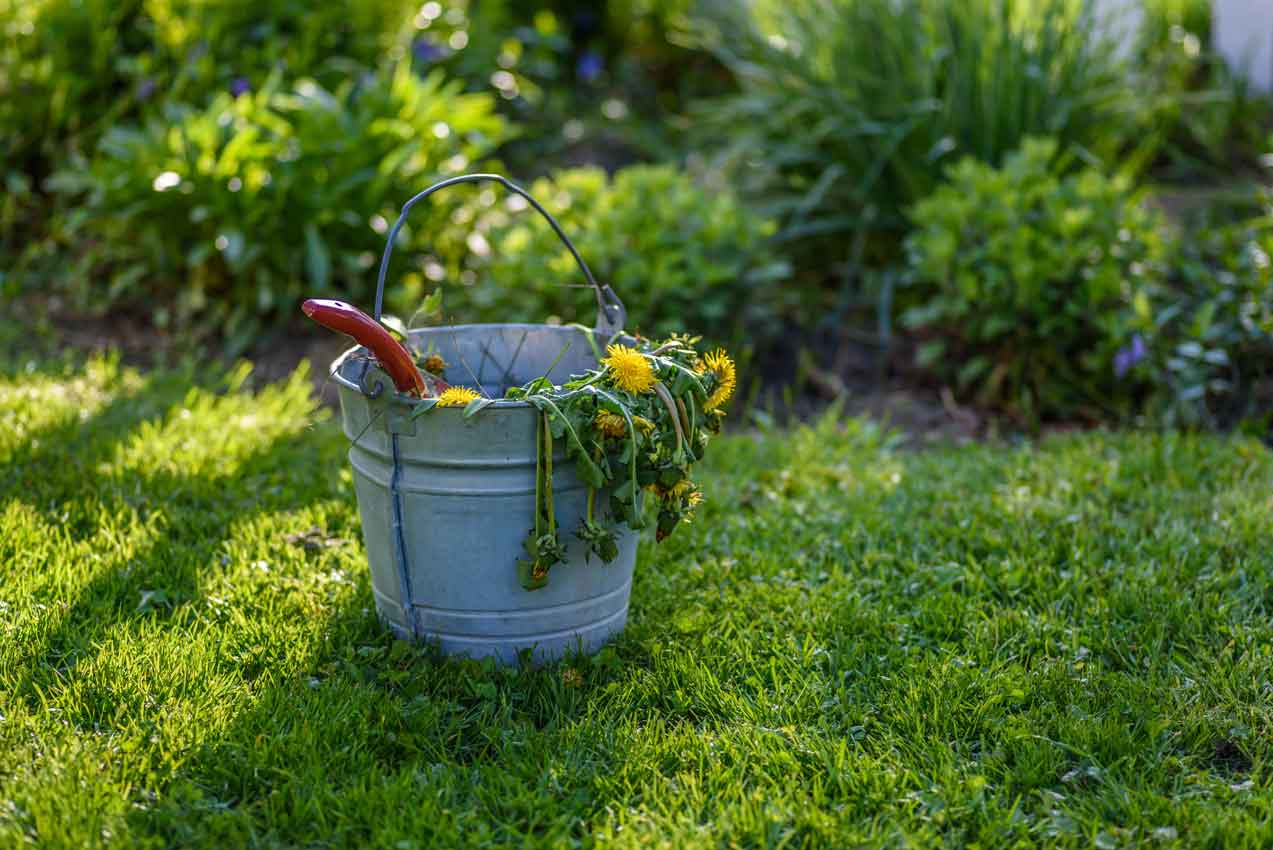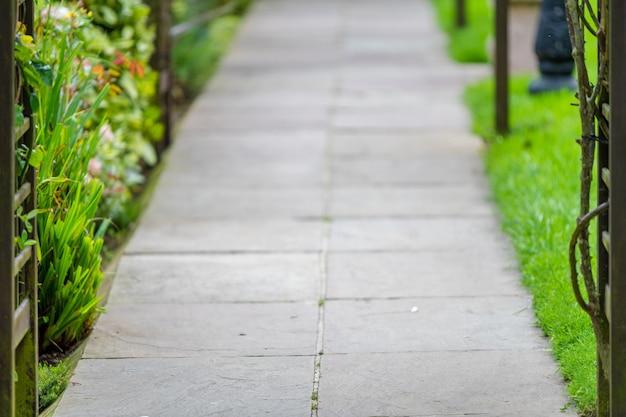
1. Identify the type of weeds in your Lawn:
Identifying which weeds have taken root in your lawn is the first step towards eliminating them. There are three main kinds, and depending on the situation, each requires a slightly different strategy. Knowing the typical weeds in each state is also helpful. The usual lawn weed subcategories are listed below.
Broad-leaf Weeds
Broadleaf weeds have broad leaves, as their name implies. Usually, they grow in depleted soil. Some common lawn weeds are clover, thistle, dollar weed, henbit, chickweed, oxalis, and dandelions
Grassy Weeds
they resemble grass; it can be difficult to tell them apart from the surrounding blades of grass. These weeds are most prevalent in lawns that have been overwatered and in areas where there is soil compaction. Crabgrass, foxtail, quackgrass, and goosegrass are a few species of grassy weeds.
Grass-Like weeds
From a distance, grass-like weeds also resemble grass, but up close, you'll see that each leaf is tubular. These weeds are most prevalent in areas with compacted soil, overwatering, and excessively short grass. Wild onions, garlic, nutsedge, and nutgrass are a few weeds that resemble grass.

2. Clean and mow
Cleaning up your property will be your next task. If you have a few broadleaf weeds, you can pull them by hand as long as you pull the root as well. If your weeds are grassy or look like grass, complete manual removal will take too much time. After getting rid of as many weeds as you can, mow your lawn to a height of three inches in order to get ready to apply herbicide.

3. Pull unestablished weeds
Hand weeding may not be the most time-efficient method, depending on the size of your lawn. However, you stand a better chance of eliminating the entire root system if you can pull the weeds when they are small and tender. "Using a weeding tool or a hori hori knife can help you to easily dig down below the crown of the plant and pop the weed out of the ground," Lentz claims. "It is important to try and get as much of the root system as possible when pulling and digging weeds."
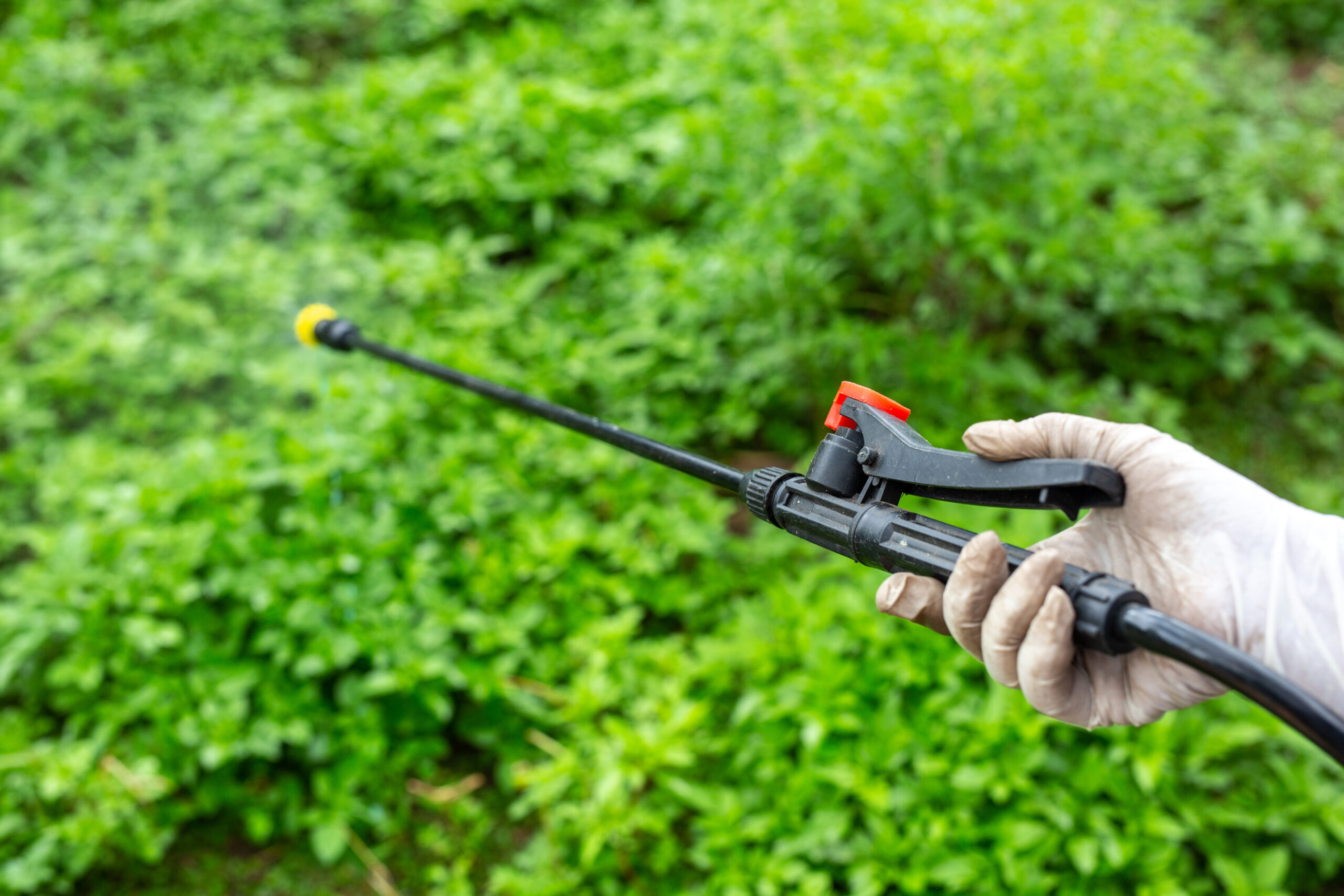
4. Use specialized weed killer
After that, treat any weeds that are already there with a post-emergent herbicide. Considering that you recently used a pre-emergent spray, this may seem quick, but it is an essential step in weed control. You shouldn't need to apply the post-emergent weed killer as frequently after each season. The ultimate aim is for the weeds to disappear completely. After that, you won't require any weed killer at all! Unfortunately, because of uncontrollably occurring outside infestations, this isn't always the case.

5. Accelerate your lawn
In addition to encouraging strong grassroots and growth, aerating a lawn breaks up the soil, which inhibits the growth of weeds. Plugs or spikes can be used to aerate. Your grass will have an even greater chance of thriving if you aerate before fertilizing; however, if weeds are an issue, you may want to look into using a fertilizer/weed-killer combination. Using a spreader will help you complete this final task quickly and evenly.

6. Use boiling water
It's simple to use boiling water to kill weeds in your yard; just douse the weeds with it. The weeds are going to die very quickly. "This is regarded as a 'non-selective' alternative since it will destroy everything it comes into contact with," says Lawnbright founder Craig Elworthy. "It's better to use this in mulch beds or patio areas."

7. Use a weed torch
Using a blowtorch designed especially for eliminating weeds is another method of naturally removing them. Elworthy says, "Just point and shoot—these are very easy to use." "Once the weed begins to wilt (which only takes a few seconds at most), you can move on." Use caution so as not to harm your lawn or other plants, and avoid using it in areas where there is a risk of wildfires or during an excessively dry season.

8. Deal with weeds promptly
In addition to being unsightly, weeds deprive your grass of sunlight, moisture, and nutrients. Take care of any weeds as soon as possible to give your garden the best chance of remaining green and unspoiled!
9. Mulching
When you're trying to figure out natural ways to keep weeds out of the garden, mulching is a crucial consideration. Mulch helps plants by keeping the soil cool and wet and blocking out light for weeds. Specifically, carabid beetles and crickets can live in organic mulches and search for and eat thousands of weed seeds. If you decide to apply this technique to rarely excavated regions, like the roots of trees and shrubs, use durable landscape fabric for the bottom sheet that blocks light. To read more about how Mulching helps watch video;

10. Grow new Plants
Once your soil is ready, you can either lay sod or grass seed down with a garden spreader. While traditional seeding is far less expensive, certain grass species require up to 12 weeks to grow into a lush, gorgeous lawn.
A brand-new lawn can be had immediately by laying down sod, but the cost can be up to four times higher. Following seeding, both sod and intensive maintenance are needed. Whichever approach you choose, make sure you finish this step during the appropriate growing season for your species.

Take Professional Services
By selecting Guerrero Landscaping as your lawn care service in Dallas, Texas, you can help get rid of weeds on the lawns that we service by following these 10 weed removal tips. It’s one of the reasons we frequently produce better results even though we might charge less than some of our competitors.
We encourage you to look into our programs for lawn care and to consider selecting a different lawn care provider if you discover that your present service is slacking on any of these.
Alternatively, we can assist you if you are responsible for maintaining your lawn and are dissatisfied with the weeds you are still seeing. When you're ready for us to apply our weed-control strategies to your lawn, please get in touch with us for a free consultation at (469) 398-9896.
FAQS
Applying herbicides is one of the fastest and most efficient ways to control weeds. There are many herbicides on the market that are both selective enough to avoid harming grasses and effective at controlling weeds.
An excellent method for permanently eliminating weeds is flame weeding. It has numerous benefits and is just as effective as manual weeding and herbicides. The heat causes the water in the plant's cells to boil, bursting the cells.
One of the most potent weed-killer chemicals on the market is glyphosate. Using a product with this active ingredient is highly recommended if you have stubborn or excessive weed growth and want complete control over weed growth on your property.
If you want to get all the way down to the bottom of the plant and pull it completely out of the ground, pull the weeds up from the base. We advise wearing a thick pair of gardening gloves when working with spiky, thorny, or stinging weeds.
Conclusion
To sum up, weeds are a big issue in maintaining a healthy lawn. If you don’t deal with them properly, they can take over and ruin the look of your lawn. It’s critical to recognise the kind of weeds in your lawn and apply the proper management techniques. This could involve pulling weeds by hand, using specialist weed killers, or employing organic techniques like boiling water or a weed torch. Weeds must be removed as soon as possible to keep your grass from losing its nutrients, moisture, and sunlight.



